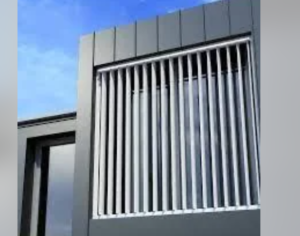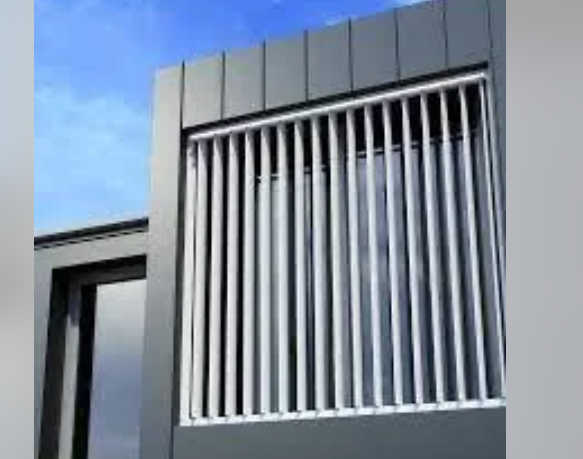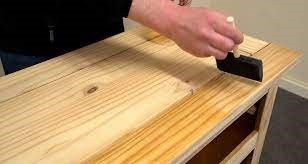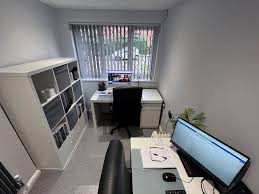Brise soleil provides a balance between shading a building while making room for natural light to filter in. This works to maintain ideal temperature levels for workers while reducing direct sun exposure to prevent fatigue.
In doing so, the need for air conditioning is reduced, thus lowering energy consumption and greenhouse gas emissions. It can also help building owners save on certain expenses while giving them a smaller carbon footprint overall.

Materials
Brise Soleil systems usually make use of materials such as aluminium, glass fins or timber, all of which have sustainability benefits.
Aluminium is one of the rare materials that can be recycled indefinitely, thereby using ninety-five percent less energy than when it is produced from raw materials. Glass fins can be carefully positioned to control direct sunlight and glare, lessening the need for air conditioners.
Timber is biodegradable meaning that when it’s no longer of use, it can be disposed of in a convenient and energy-efficient manner. It also has natural insulation, which is ideal for enhancing heat efficiency in buildings.
Other Advantages
Brise soleil can also enhance the aesthetics of a building, giving it a more sophisticated and artful look while still functioning as required.
In hot climates, it can be used to prioritise shade and temperature control, while in colder climates it can be adjusted to enhance natural lighting. An example of this can be seen here.
When used correctly, brise soleil can last for decades with minimum maintenance, saving both time and resources in the long run. This is beneficial to preserving energy in the future.

Overall, brise soleil has been proven to be a sustainable choice in many ways while also being both affordable and adaptable depending on the environment it’s being used in.




